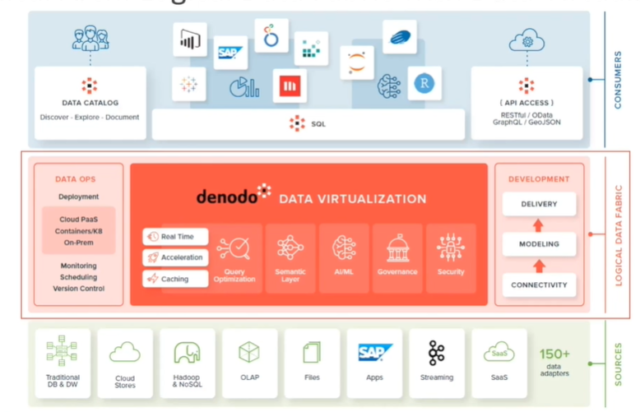Many companies are moving their IT infrastructure to the cloud because of various reasons like minimized IT requirements, physical data storage, cost, accessibility, quick deployments, consolidation, controllability, increased productivity, efficiency and security.
Cloud migration is a complex process, and it may lead to negative business impacts if the correct migration strategy and best practices are not followed to complete the migration with less business downtime. This migration needs to be a phased approach for critical systems over months or years.
We have multiple cloud migration options like Re-Factor/Re-Architect, Re-Host, and Re-Platform. Re-Factor is like moving to different databases and changing the data schema. For example, moving from Oracle to Redshift and re-factor the data model. Re-Host is a Lift and Shift migration, and it is like taking the data and copying it into the cloud. It is good for smaller datasets. Re-Platform is relocating to the new database running on the cloud, like moving from Oracle to Snowflake.
We have to choose the appropriate model for cloud migration. We can move data or applications or both from on-premises to the public cloud. The hybrid cloud model is like moving the partial workloads to the cloud with some still on-premises. The multi-cloud model is like migrating the on-premises applications and data to multiple public clouds. Private Cloud is like building an on-premises cloud computing platform.
Denodo Data Virtualization:
Using Denodo, we can implement data virtualization. A Logical data fabric enabled by data virtualization provides a simple solution for cloud migration. With it, we do not need to replicate the data into the cloud. It simplifies your data architecture and enables it to migrate to the cloud faster, cheaper, and with few resources.
Data Virtualization has decoupling and abstraction capabilities which simplify the migration process by abstracting the consuming application from changes in the back end and allowing IT to move data from one system to the other without changes in the consuming application. Data Virtualization become the common access layer for both on-premises and cloud systems. All the data can be accessed from a single virtual layer. It also simplifies the combination of data regardless of original format and location. It enables the definition of semantic models and adds advanced security settings to all the data.
An On-Premise to Cloud Migration Use Case:
Create the virtual representation of the physical tables from the on-premise DWH in the Denodo cloud platform. Start moving the physical objects from on-premise DWH to Snowflake. Switch the connection from DWH to the Snowflake cloud platform inside Denodo. Denodo data virtualization will now act as a business data model for all the consuming applications. In this use case, Denodo achieves zero downtime migration from on-premise to Snowflake.



The cloud migration services market is dynamically evolving due to its services offered to companies to leverage the benefits of cloud computing including scalability, flexibility, cost-efficiency, and enhanced collaboration. The rising adoption of cloud computing by hospitals and other healthcare facilities to meet the stringent privacy, security, and compliance standards that govern the industry is facilitating the growth of the cloud migration services market. The market for cloud migration services continues to grow as more businesses recognize the benefits of cloud computing and seek assistance in migrating their IT assets.